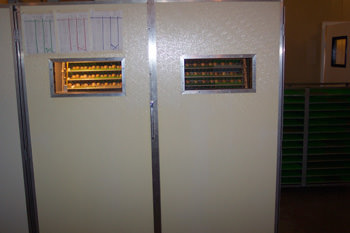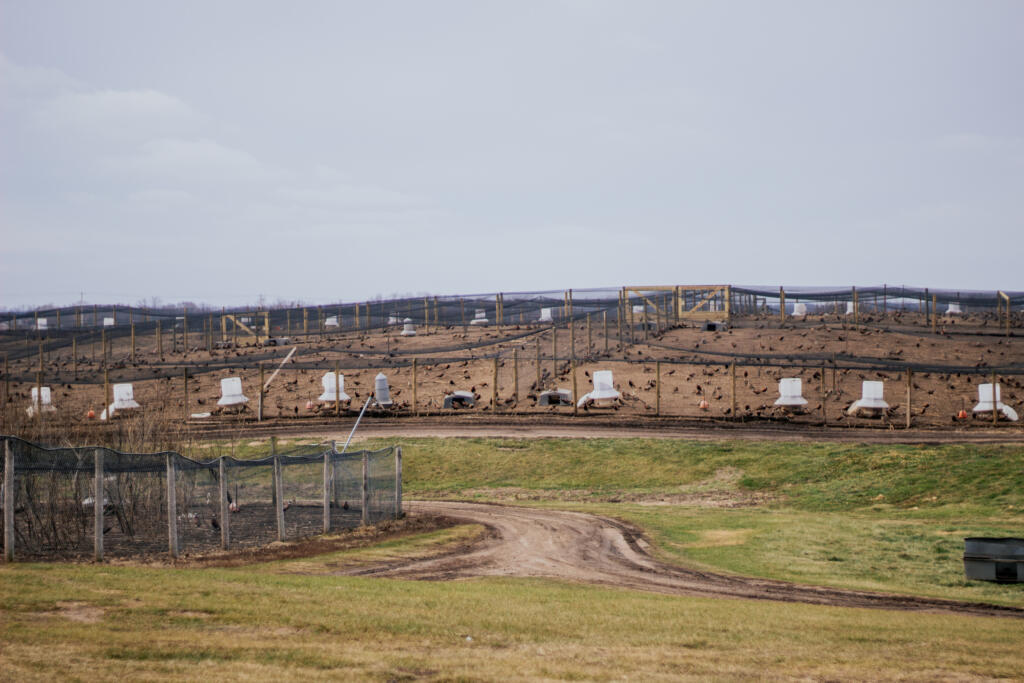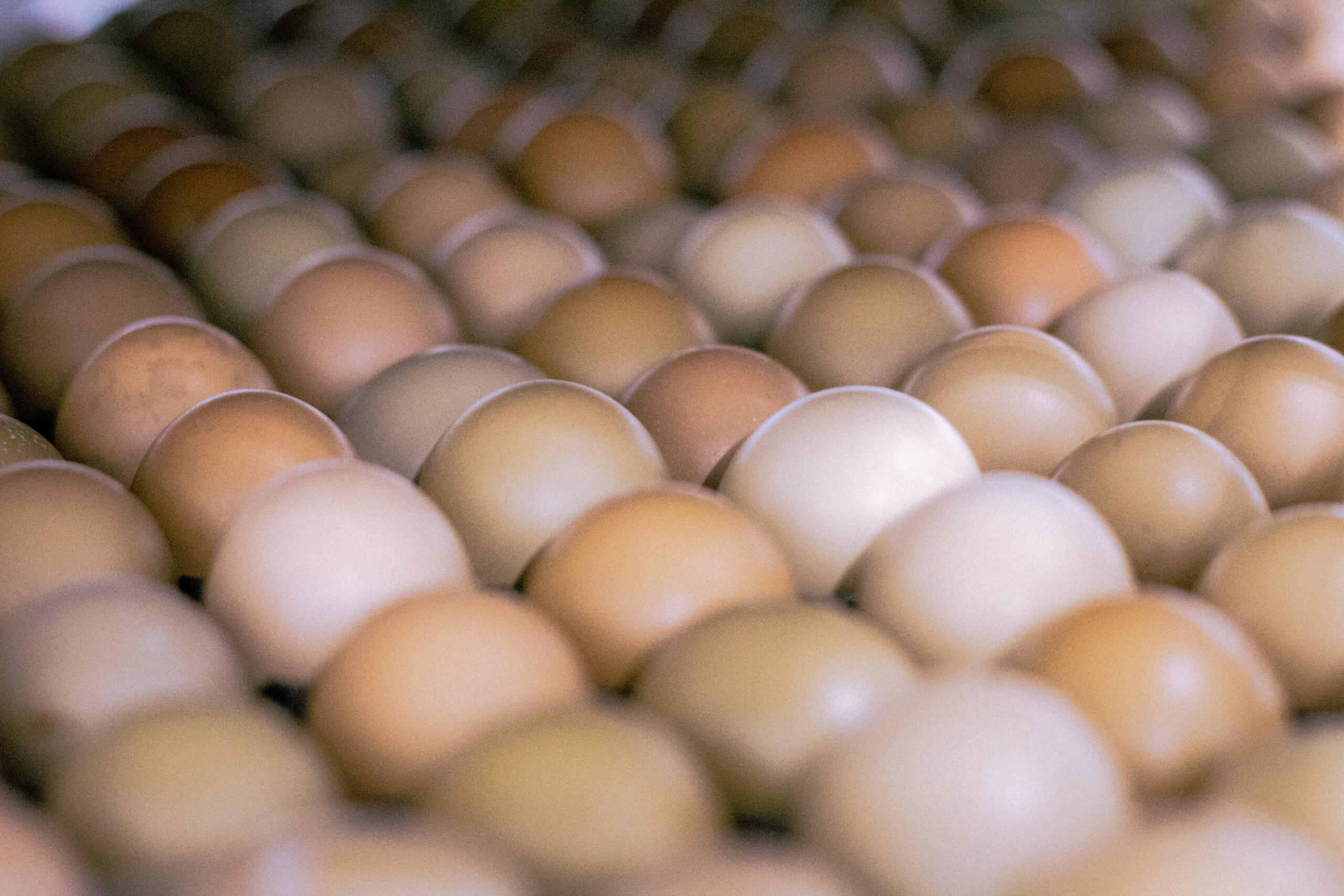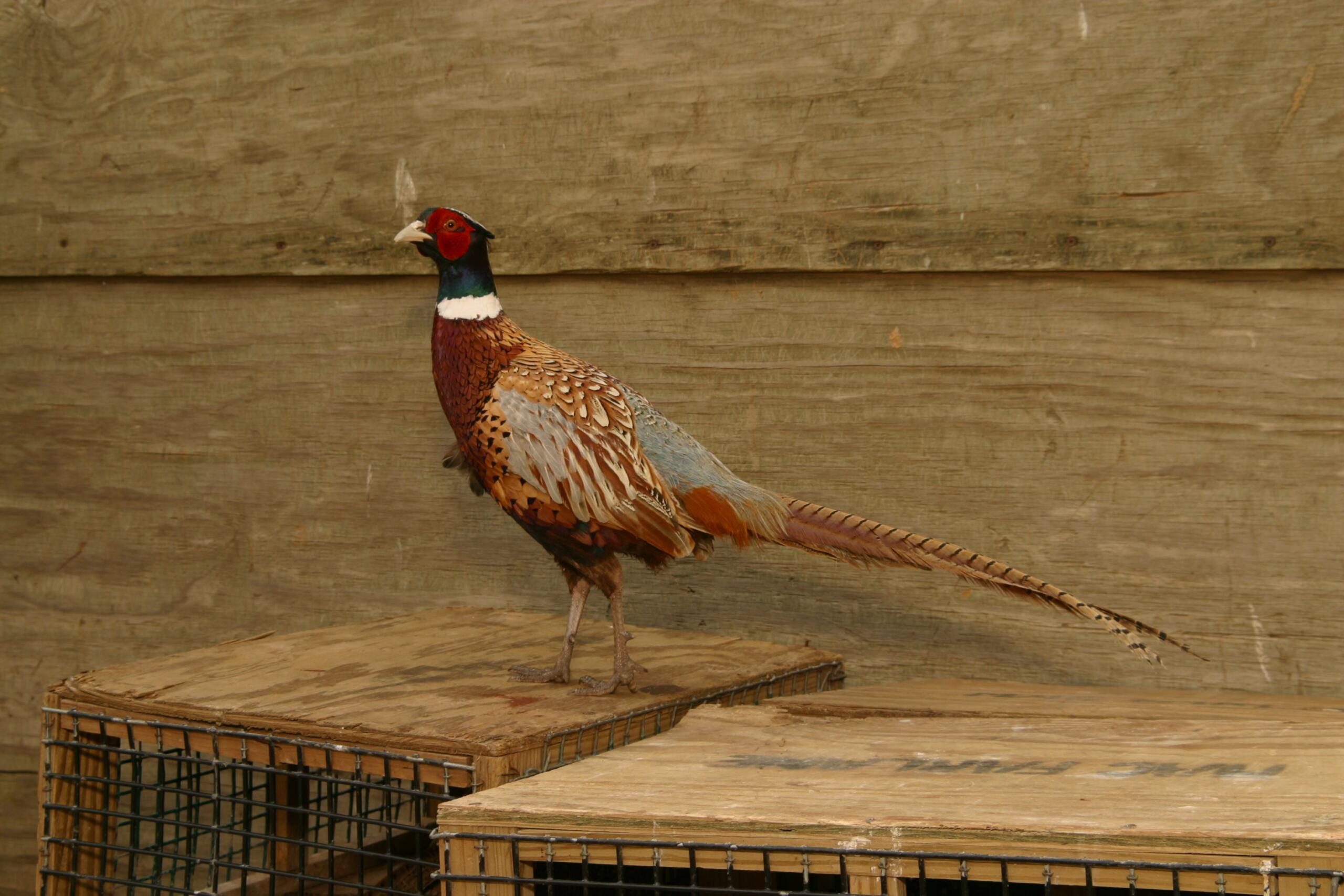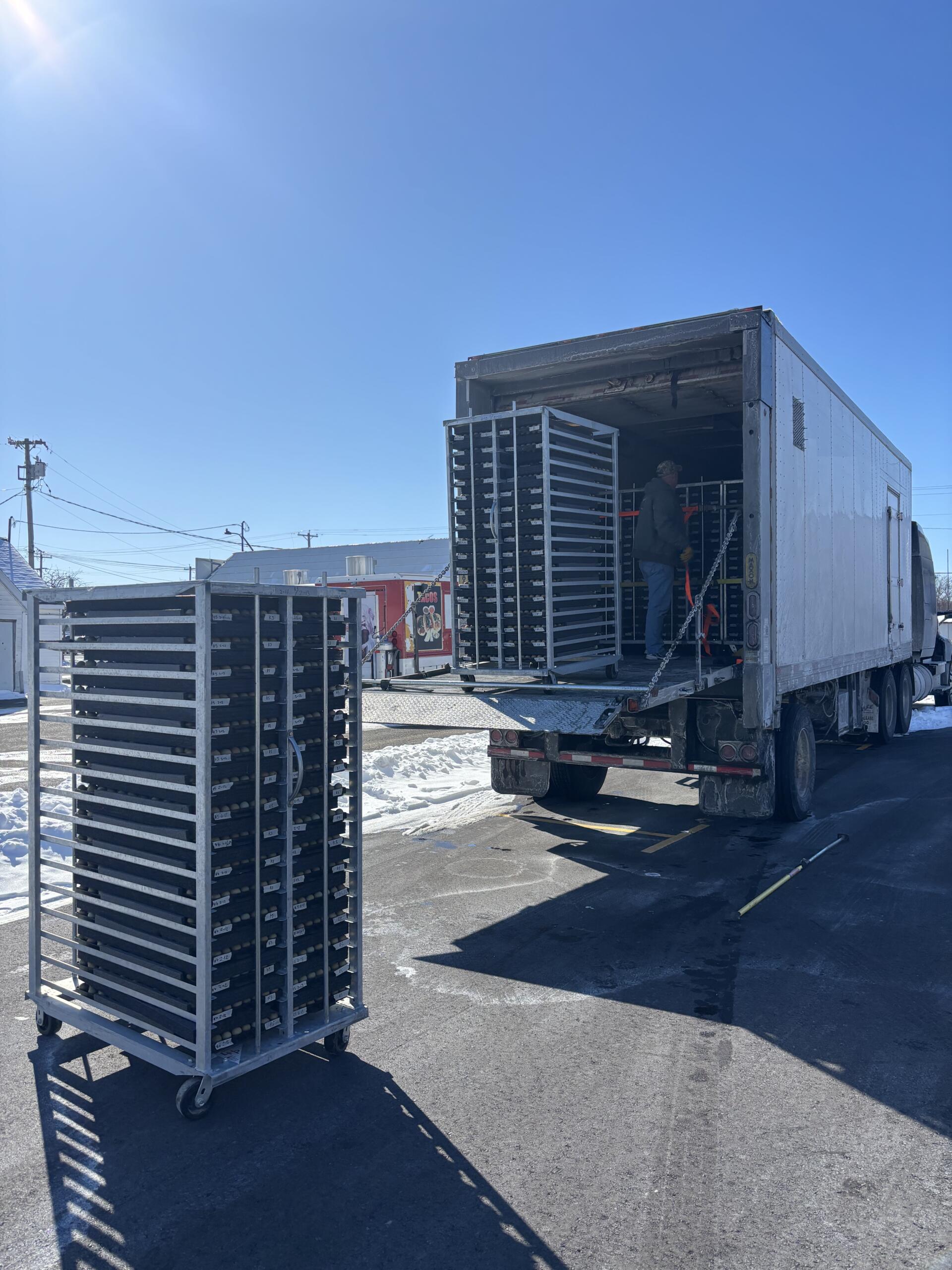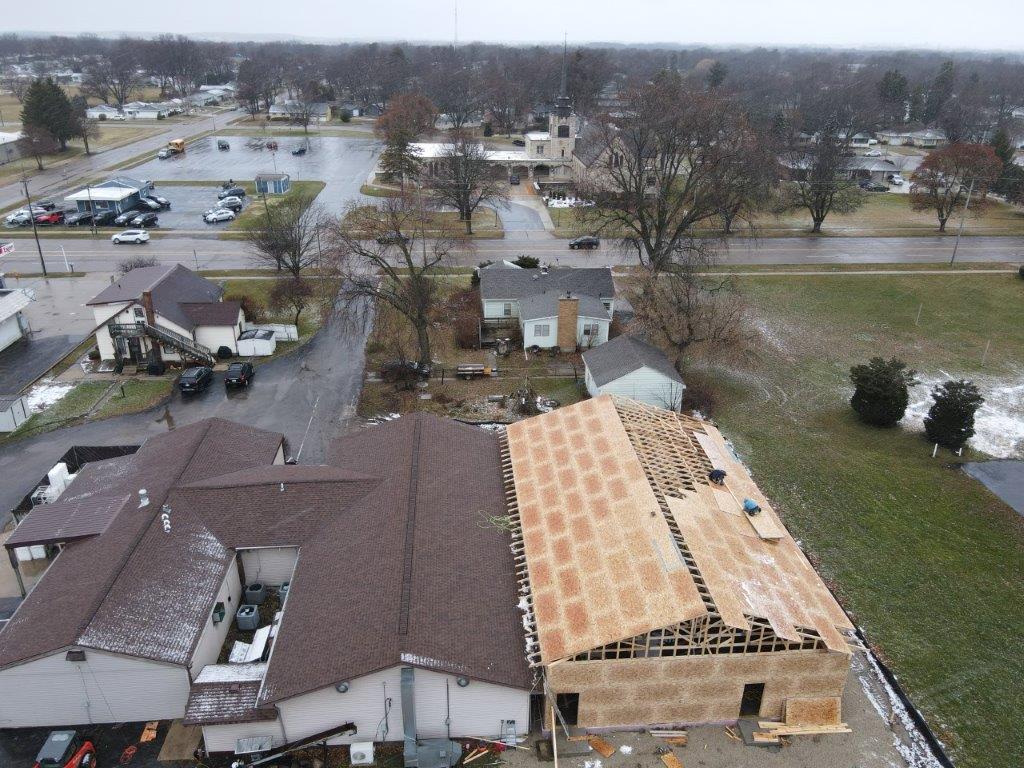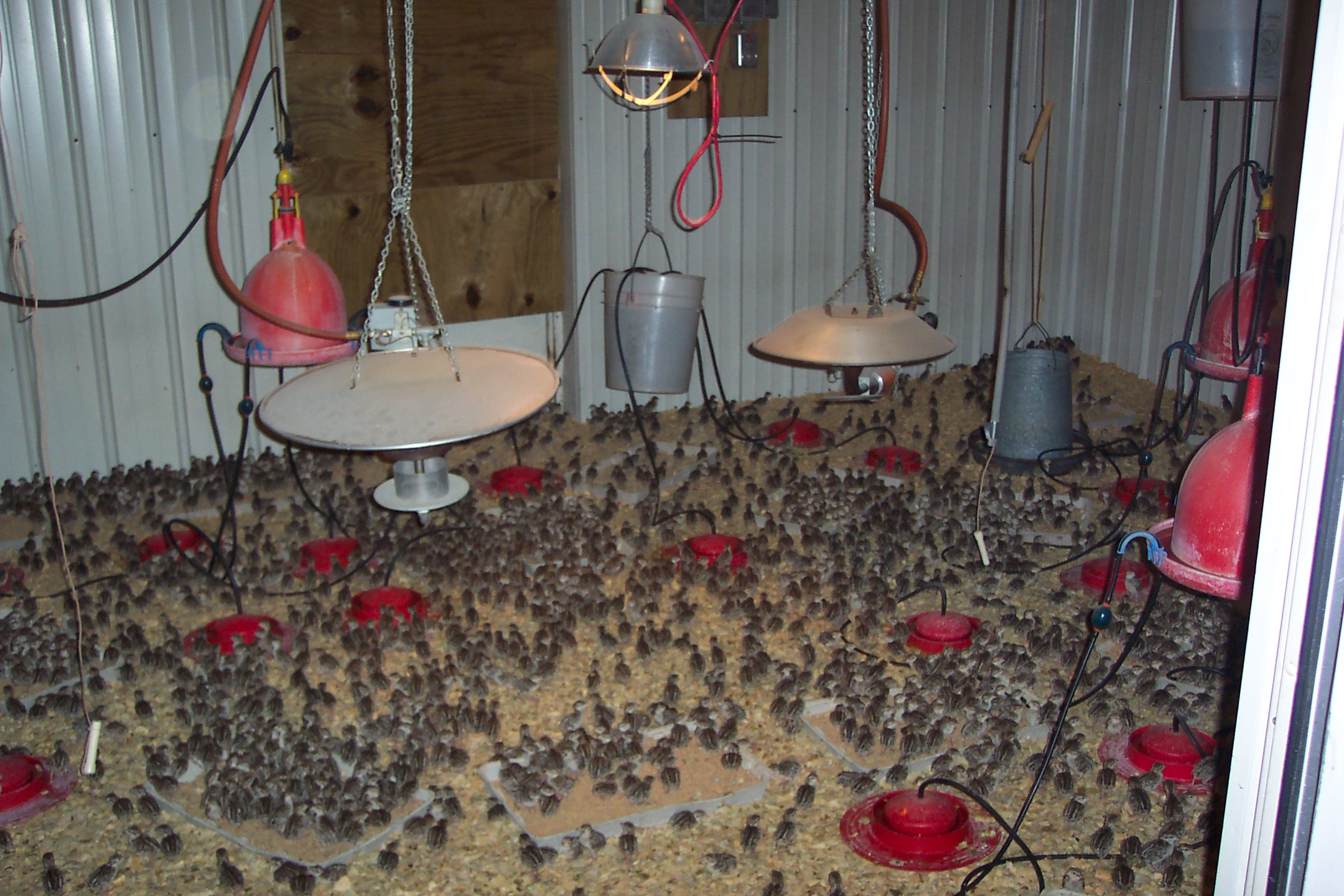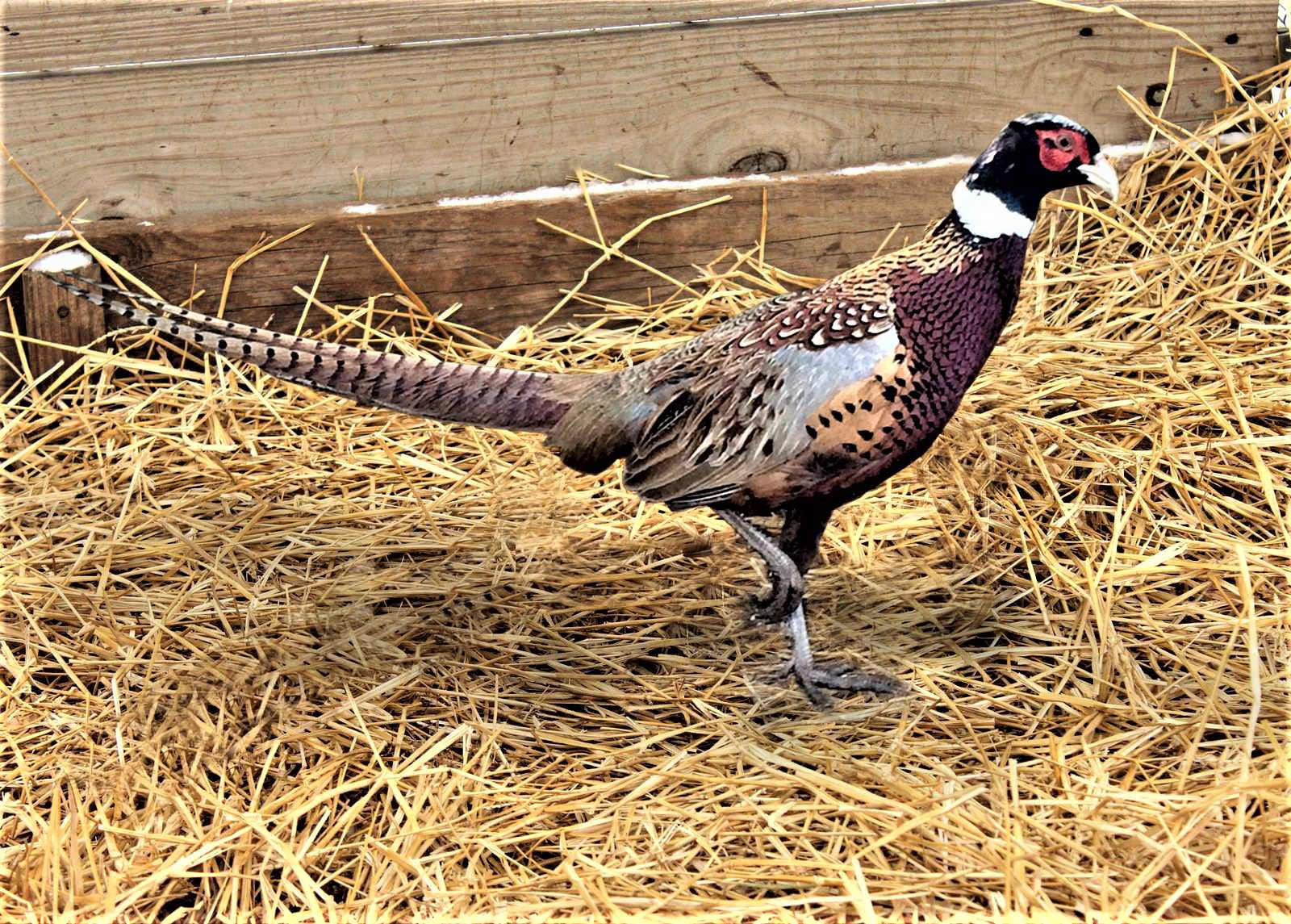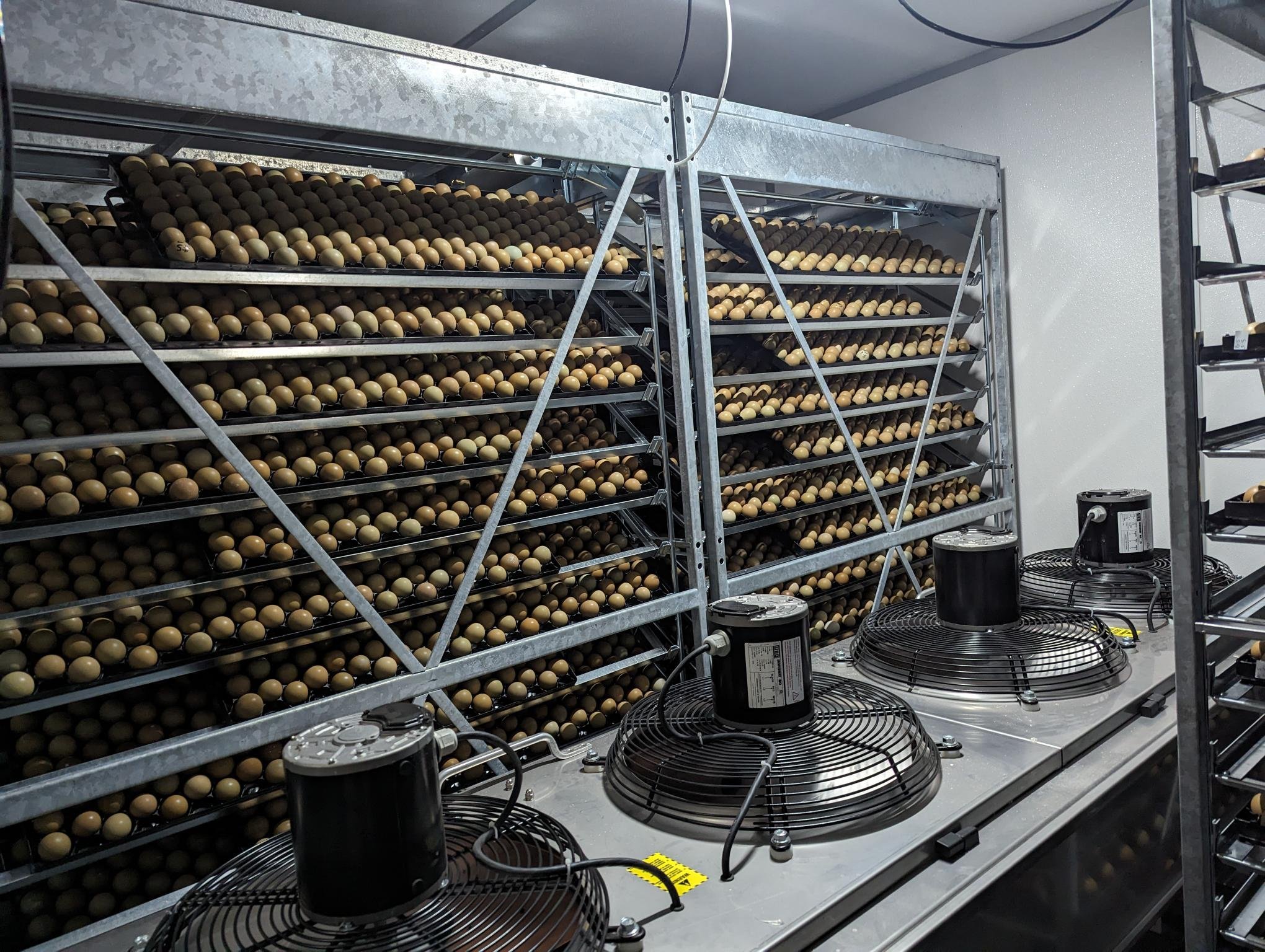The Circle of Pheasant Farming Sanitation
Proper egg collection and sanitation procedures are key components of early chick health. Cleaning eggs in an effective manner reduces the prevalence of diseases such as E-coli and yolk sac infection in day old chicks.
The egg begins to cool as soon as laid. The cooling process pulls any contamination on the egg surface into the egg contaminating the embryo. For this reason, it is important to gather the eggs as soon after laid as possible. The more frequently the eggs can be collected the better, not only will you get the eggs washed quicker (before they completely cool), the cull rate will be greatly reduced.
Following collection, wash the eggs immediately. The wash water temperature range is one hundred degrees to one hundred ten degrees. The wash water initially, at the beginning of the season, is setup with a chlorine level of two hundred to three hundred parts per million. During the egg washing, dirt binds with the chlorine reducing its concentration and necessitates the addition of more chlorine every hour to maintain the proper concentration. The amount of chlorine added is determined by testing the water before and after the addition of the chlorine. Once the amount is determined, a monitoring program ensures it remains accurate. During wet days (when eggs are exceptionally dirty), change the water every half hour to maintain proper cleaning.
After properly washing the eggs, disinfect them. It is important to note that eggs MUST be clean before sanitizing them. Disinfect using a quatomone solution of one thousand parts per million. The disinfectant solution must also be at a temperature of one hundred degrees to one hundred ten degrees.
A monitoring program guarantees all aspects of washing and sanitation are correct. Spot check chlorine levels two or three times a week during the season to ensure nothing (e.g. machine, water) has changed. Sample clean eggs using auger plates. Roll eggs onto the plate and leave the plate sit at room temperature for two days. NOTHING grows on the plates rolled with properly sanitized eggs.
Without proper egg collection and sanitation procedures, day old chicks will NOT be as healthy as they could be. Sanitation procedures can directly affect mortality in the brooder barns and hence, could lead to problems with the following year’s breeder flock. It is a circle starting and ending with egg collection and sanitation
Related Posts
Preparing Our Barns & Pens Each Spring
Read Post
Incubation of Pheasant Eggs
Read Post
DuPont Financial Analysis Model
Read Post
Busy Times at MacFarlane Pheasants’ Missouri Breeder Farms 2024!
Read Post
Hatchery News at MacFarlane Pheasants
Read Post
How We Prepare For Brooding Our Chicks
Read Post
Our Milton Farm in 2024!
Read Post
10 Hatching Tips for Incubating Pheasant Eggs Successfully
Read Post
Take Advantage of These Free Resources
As the biggest game bird farm in the United States, we want to share our experience with you. Download our free resources below and get started.


